Something building owners might overlook when managing commercial and industrial building expenses is how the volume and placement of roof-mounted equipment can impact overall maintenance costs. The denseness or “busyness” of rooftop components like HVAC units, skylights, and hatches, and whether they are installed on curbs, elevated on a platform, or sitting on sleepers, can all impact roof price. Sometimes these factors can combine into a “perfect storm” and make re-roofing or replacing your roof very expensive.
Amount of Equipment
The lowest-cost flat roofs are those with virtually no equipment. A good example is a large warehouse because they often have little or no climate-control equipment. Roofs on these buildings are large flat expanses with few, if any, penetrations. You can install the maximum number of roofing rolls your crew is capable of handling at one time.
At the opposite end of the spectrum are congested roofs – roofs with lots of rooftop penetrations, equipment, and accessories. The more congested the rooftop, the lower the production rate, and the higher the cost.
We recently recovered a roof on a large warehouse. The building was not climate-controlled and therefore had no rooftop equipment, but it did have approximately 60 skylights. The skylights were spaced widely and evenly apart. The roof was so large we literally had days when we didn’t encounter a skylight. That said, on the days when we did have to roof through a row of skylights, our production rate was cut in half. We also had to flash them all in. Needless to say, this added extra time to the job. On average, the skylights made our work pace 25% slower.
As a flat roof gets more congested, the roofing crew’s production rate falls. We have done projects where the production rate was ¼ of what it would have been had the roof been more open. This is one reason why it is very hard to provide basic square foot pricing over the Internet or phone. Each roof presents unique challenges that can’t be accounted for, sight unseen.
Equipment Placement
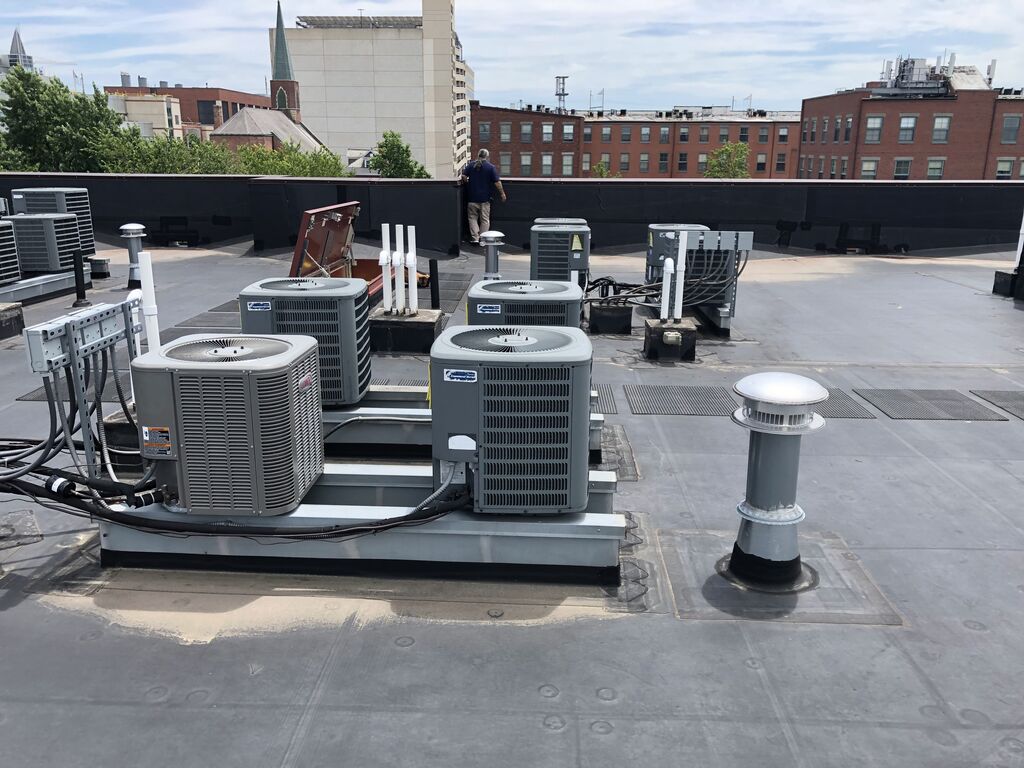
A good way to install equipment on a flat roof is with roof curbs mounted onto the structural deck. This is probably the most common method. It’s a good way because the piece of equipment does not have to be moved to re-roof. We merely run our deck sheets up to it and flash in the curb later.
The next best way to have equipment installed on a flat roof is to have the units mounted on structural steel stands that are themselves mounted to a structure inside the building. You see this more when heavy refrigeration equipment resides on the rooftop.
The most cumbersome type of equipment installs to work with are the ones where equipment is mounted onto sleepers and set on the surface of the roof. Equipment on sleepers has to be moved in order to re-roof or restore a roof with a coating. We have special jacks that are made for roofing. They slide under the equipment and lift it straight up. But, sometimes the equipment has to be completely disconnected. This can be problematic for building occupants as the equipment is down for two or more days. Disconnection is usually done by an HVAC contractor. Lifting, disconnecting, and potentially moving the equipment all cost extra time and money.
Solar Panels
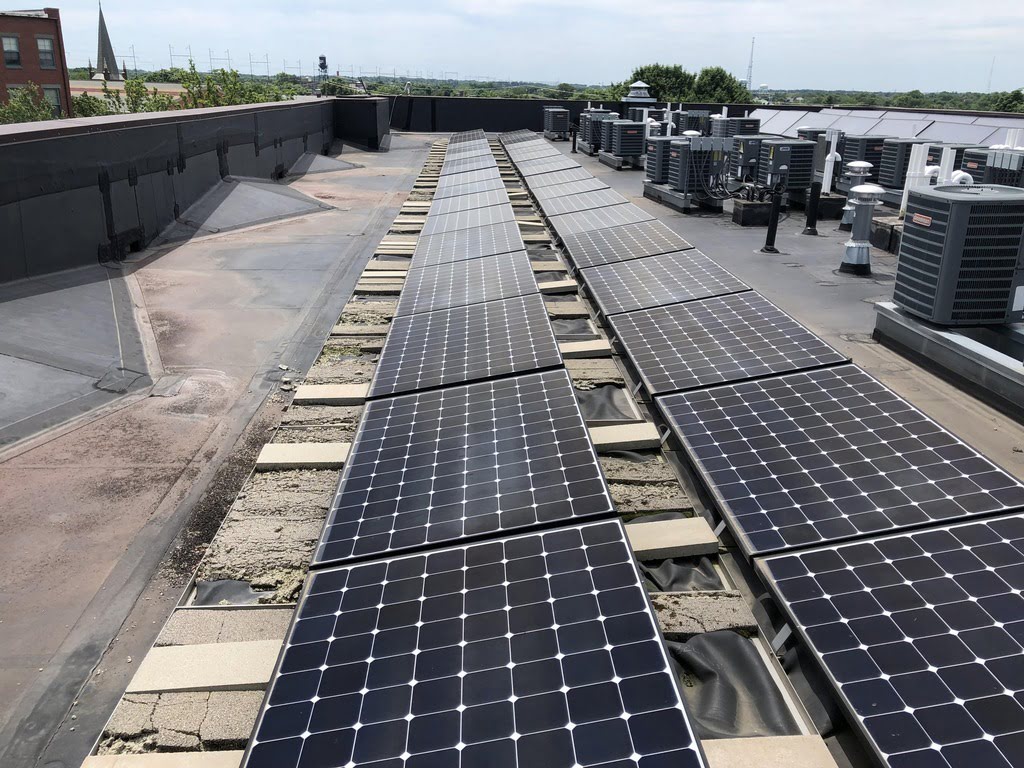
Solar panels are either mounted through the roof onto the structure or, more commonly, ballasted and placed onto the rooftop. If you have a roof problem, you may have to disconnect and move these panels to address it.
The cost of repair and re-roofing goes up dramatically if you have to move solar panels. I have a customer that opted to have the panels installed on stands in their retention pond (or stormwater basin). This may have cost more upfront, but I think it’s the smarter move over the long term, as it will not impact any future roofing projects.

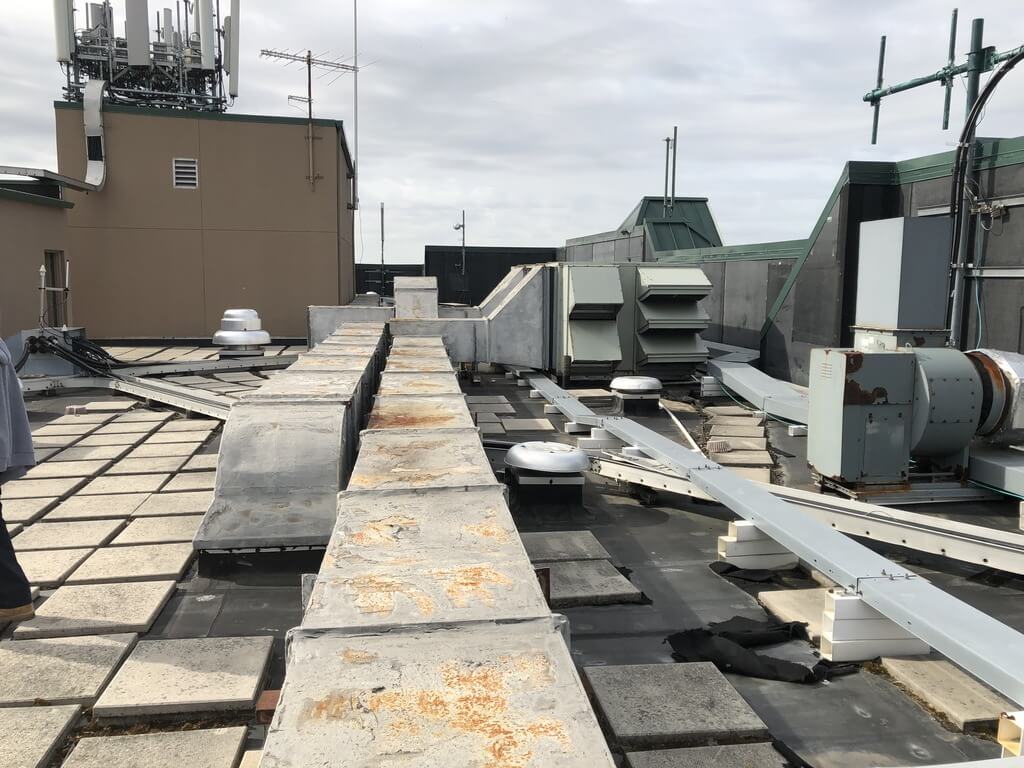
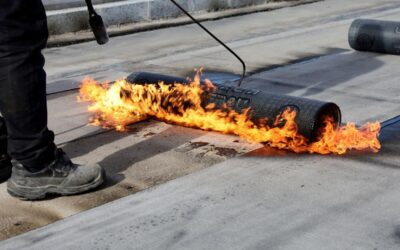
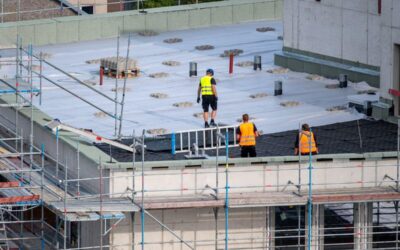
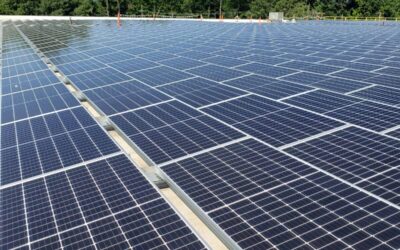
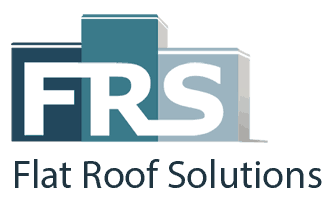



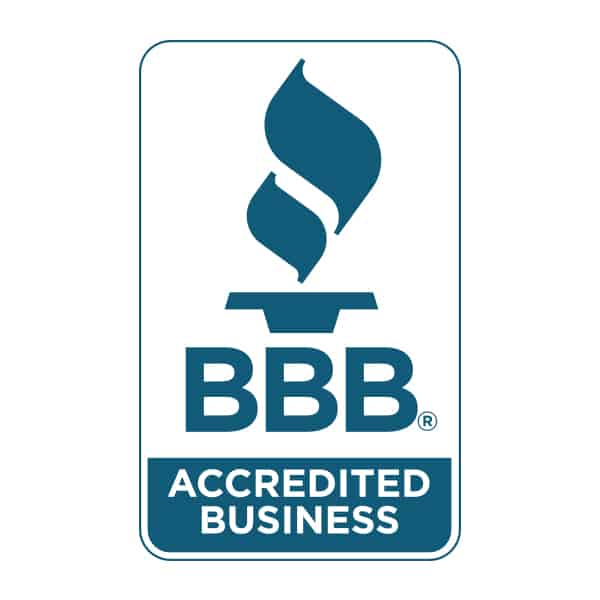
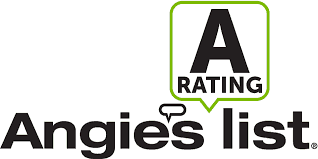
0 Comments